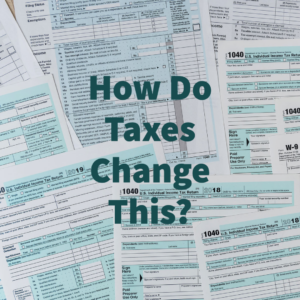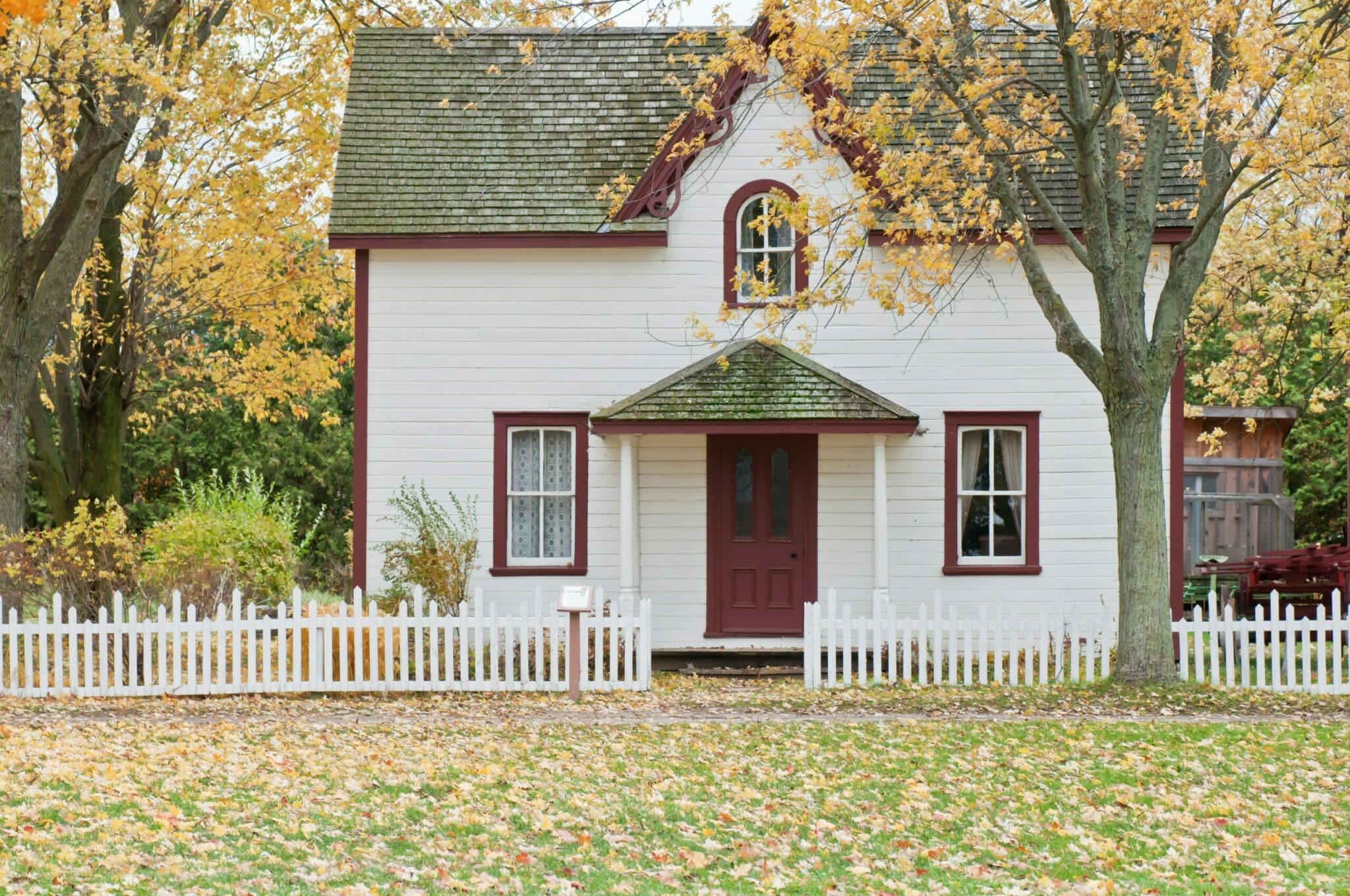As a landlord or property manager, one of the most crucial decisions you will make is setting the rental rate for your property. The current rental market is highly competitive, and setting a fair and competitive rental rate is essential to attracting potential tenants and maximizing your rental income. Here are some tips for navigating the current rental market and setting competitive rental rates.
1. Research the local rental market
Researching the local rental market is crucial to setting a competitive rental rate for your property. It will give you an idea of what your competition is charging and what the market is like. This information will help you determine a fair rental rate that will attract potential tenants. Keep in mind that the rental market can change over time, so it’s essential to stay up to date on local trends.
Here are some items to research:
- Determine competition: To research the local rental market, you can start by checking online listings for available properties in your area and their rental prices. You can also visit real estate agencies or property management companies to gather information on the local rental market trends.
- Know your audience: First, create a profile of your ideal tenant based on factors such as age range, profession, lifestyle, and income level. Then, research the local rental market to gain insights on the demand for rental properties in your area and the type of tenants who are currently renting in the area.
- Understand the market trends: To stay informed about changes in the rental market, regularly research and analyze local market trends. Monitor factors such as supply and demand, vacancy rates, and rental prices, as well as any changes to local laws or regulations that may affect the rental market. Stay up-to-date with industry news by subscribing to real estate publications or attending industry events.
- Get help from a professional: Consider partnering with a local real estate agent or property management company to gain access to valuable market data and insights. These professionals can provide you with information on average rental rates, vacancy rates, rental trends, and other market factors that can help you make informed decisions about your rental property.
- Determine rental income: To determine the expected rental income for your property, research the local rental market to get an idea of the average rental rates for properties similar to yours in your area. Take into account factors such as location, property size, and amenities to ensure that your rental rates are competitive and realistic. Estimate your property’s expenses, including mortgage payments, property taxes, insurance, and maintenance costs, and compare them with the expected rental income to evaluate the property’s financial performance.
2. Consider the location and condition of your property
The location and condition of your property are important factors to consider when setting a rental rate. Properties that are in desirable locations or in excellent condition can command higher rents. Conversely, properties that are in less desirable areas or in poor condition may need to be priced lower to attract tenants.
Here are some factors to use when considering the location and condition:
- Location
- Property condition
- Amenities and features
- Competition
When comparing your rental property to others in the local market, benchmark each of the criteria you have researched to create a range of property values and expected rental rates. It is important to avoid being overly optimistic and to stay within the range of rental rates for similar properties. Strive to set your rental rates at the median or slightly above, but be cautious not to price your property out of the market. Remember, the goal is to attract and retain renters, and a rental property without tenants is not a profitable investment. Therefore, it is essential to price your rental property competitively while ensuring that it generates a sufficient return on investment.
3. Factor in the cost of utilities and other expenses
When setting a rental rate, it’s important to factor in the cost of utilities and other expenses, such as maintenance and repairs. Sometimes tenants expect these costs to be included in the rental rate, so it’s important to be transparent about what they can expect to pay. If you include utilities in the rental rate, make sure you have an accurate estimate of what those costs will be.
Heres how you can factor in all the right costs:
- Research utility costs: You can research the cost of utilities in your area by contacting the utility companies or researching online. Make sure you have an accurate estimate of what the average cost is for utilities such as water, gas, electricity, and trash collection.
- Separate utilities from rent: If you plan to have tenants pay for utilities separately, you should have a clear understanding of what is included in the rental rate and what is not. You should also have a system in place to track and collect payments from tenants for these expenses.
- Estimate utility costs for included utilities: If you plan to include utilities in the rental rate, you should estimate the cost of these expenses based on historical data or estimates provided by the utility companies. Make sure to include a contingency amount to cover fluctuations in usage or rate changes.
- Other expenses: When estimating the total cost of owning and maintaining a rental property, it is important to factor in various expenses beyond just utility costs. These may include property maintenance and repairs, property taxes, insurance premiums, and homeowner association fees. For example, property maintenance and repairs may cost between 1% and 4% of the property’s value annually, while property taxes may range from 0.5% to 2% of the property’s assessed value. Insurance premiums can vary based on the property’s location, size, and other factors, but typically range from $500 to $2,000 per year. Homeowner association fees can also vary based on the type of property and the amenities provided, ranging from $100 to $500 per month. By accurately estimating these expenses, you can calculate the total cost of owning and maintaining your rental property and ensure that your rental income is sufficient to cover these costs and generate a reasonable return on your investment.
4. Consider the demand for rental properties in your area
The demand for rental properties in your area is a key factor to consider when setting a rental rate. If there is high demand for rental properties in your area, you may be able to charge a higher rental rate. Conversely, if there is low demand, you may need to lower your rental rate to attract tenants. You can research local trends and monitor the vacancy rates in your area to gauge the demand for rental properties. It’s important to balance demand with a fair rental rate to attract tenants while maximizing your rental income. Finally, keep in mind that the demand for rental properties may fluctuate over time, so it’s important to stay up to date on local trends.
5. Be competitive with your rental rate
Setting a competitive rental rate is crucial to attracting potential tenants and maximizing your rental income. It’s important to research and conduct all of the steps prior to land on a good number. By doing so, you can set a fair rental rate that is competitive with other properties in your area. Keep in mind that setting a rental rate that is too high may make it difficult to find tenants, while setting a rental rate that is too low may result in you losing out on rental income.
Setting the rate best practices:
- Research the competition
- Be aware of market trends
- Consider incentives (Including utilities, move-in service, etc)
- Be flexible
- Don’t sacrifice quality
Last Thoughts
Setting a competitive rental rate is essential to maximizing your rental income and attracting potential tenants. By researching the local rental market, considering the location and condition of your property, factoring in the cost of utilities and other expenses, considering the demand for rental properties in your area, and being competitive with your rental rate, you can set a fair and competitive rental rate that works for you and your tenants.




